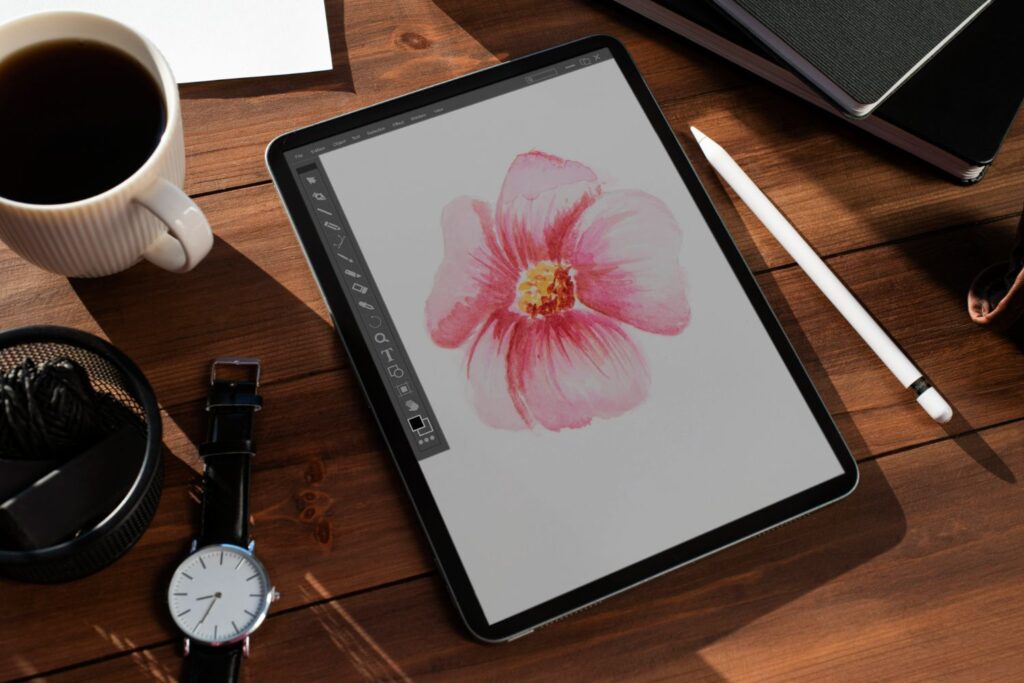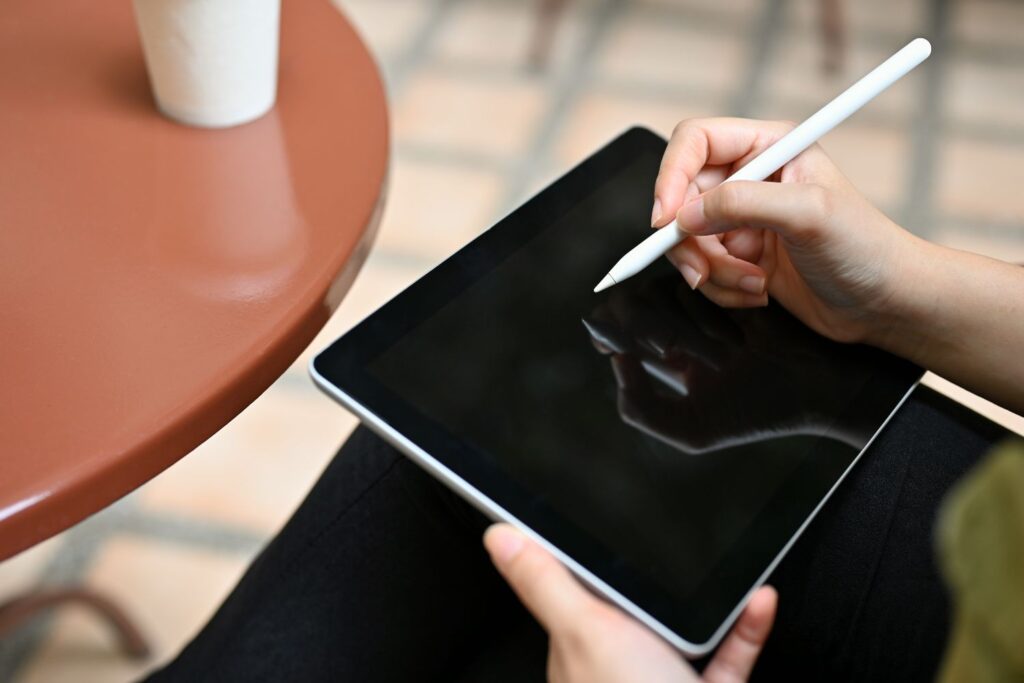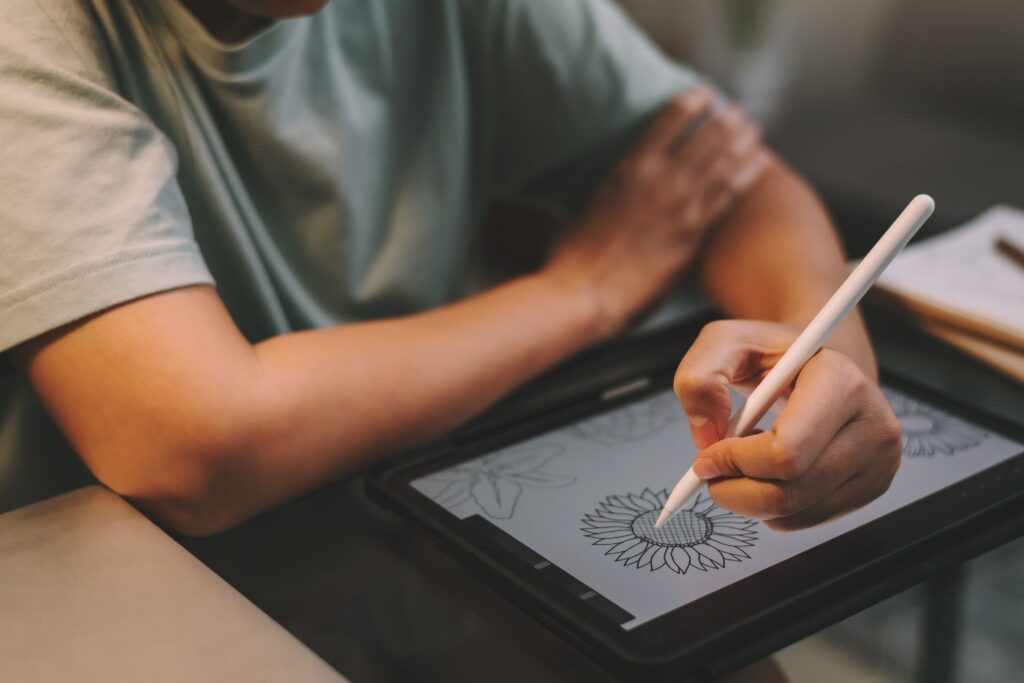For centuries, art has been a fundamental way for humans to express themselves and share their experiences, emotions, and perspectives with others. From traditional mediums such as painting and sculpture to modern innovations like photography and film, the world of art is constantly evolving. One of the latest additions to this realm is digital art, which has garnered both fans and detractors alike. The debate over whether digital art is real art persists, with some individuals claiming it lacks the authenticity and skill of traditional mediums. In this article, we’ll break down the history of digital art, examine its characteristics, and attempt to settle the debate once and for all.
Understanding Digital Art
Digital art refers to any creative work that utilizes digital technology as an essential element of both production and presentation. This can include a vast array of disciplines such as digital painting, illustrations, virtual reality, animation, and even 3D printing. With the advent of computers and graphics software, artists have been presented with a world of limitless possibilities to create and manipulate images in ways never before imagined.
Comparing Digital Art to Traditional Art
One of the primary arguments against digital art’s authenticity is the perception that it lacks the tactile, hands-on nature associated with traditional art. Critics argue that the physical interaction between the artist and their medium is what makes a piece of art authentic, pointing to the craftsmanship, physical labor, and skill required to create works using traditional techniques.
Supporters of digital art counter this argument by highlighting that digital artists possess a unique set of skills and abilities necessary to excel in their chosen medium. Mastering digital tools and software, as well as understanding the principles of color, composition, and form, requires as much dedication and practice as mastering traditional mediums. Furthermore, digital art allows for greater experimentation, enabling artists to push the boundaries of what is possible through art.
The Role of Skill and Creativity
At its core, art is an expression of an individual’s skill and creativity. Whether it’s painting a landscape, composing a piece of music, or designing a new building, every artistic endeavor demands that its creator possess skill, imagination, and innovation. Digital art is no exception. A piece of digital art cannot be simply created with a few clicks of a mouse; like any other form of art, it requires talent, attention to detail, and the ability to bring a vision to life.
Digital Art’s Impact on the World of Art
In the ever-evolving world of art, digital technology has undeniably played a significant role in expanding artistic possibilities and opening up new opportunities for creative expression. Digital art has even been embraced by major institutions such as museums, galleries, and educational establishments, further validating its place within the art world.
Conclusion: Embracing the Diversity of Art
Ultimately, the debate over whether digital art is real art is subjective, as art itself is a deeply personal and individualistic experience. To dismiss digital art as illegitimate or inferior robs us of the opportunity to explore, celebrate, and be inspired by the boundless creativity it has to offer. Instead of pigeonholing art into narrow definitions, we should embrace the diverse forms of expression that continue to push the boundaries of human artistic endeavor.




